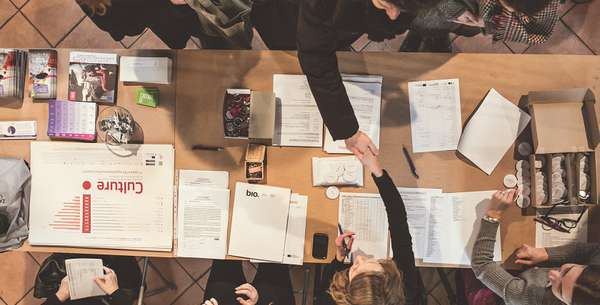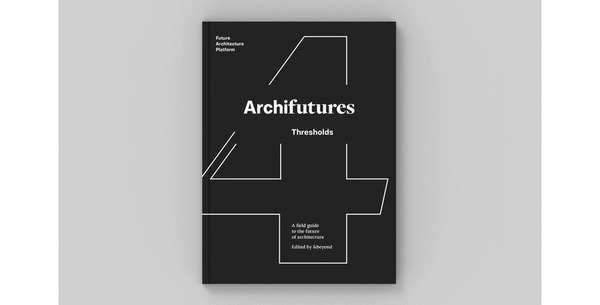Idea by
Miloš Kosec
http://architectuul.com/architect/milos-kosec
Call for ideas 2017
I would prefer not to
I would prefer not to

In the last decades the emergence of a reluctant architect can be observed. An architect that, instead of controlling the process of building from start to finish, delegates part of the process to forces outside of his or her control. This can mean delegation of professional expertise (participatory architecture), delegation of completeness (leaving the building unfinished), delegation of form (letting coincidental forces determine the final form of the building) or delegation of criticality (superidentification). The final realisation of these tendencies seems to be a Bartlebian architect – a creator that renounces action altogether, articulating »I would prefer not to« instead.
The project is an exploration of what the architects don't do instead of what they do; a research into what has gone missing from the architect's working process and why has the figure of a passive architect – an oxymoron only decades ago - become so meaningful in the world of today.

Participatory architecture: involving a community into the building process has become one of the main halmarks of a progressive and critical architecture. But are architects willing to really abandon control, or does the community only fill up pre-prepared and carefully designed space for them, serving as a »socially sustainable ornament«? As Claire Bishop writes: »the most productive part of participatory art is the one that constitutes a critique of participatory art itself.«
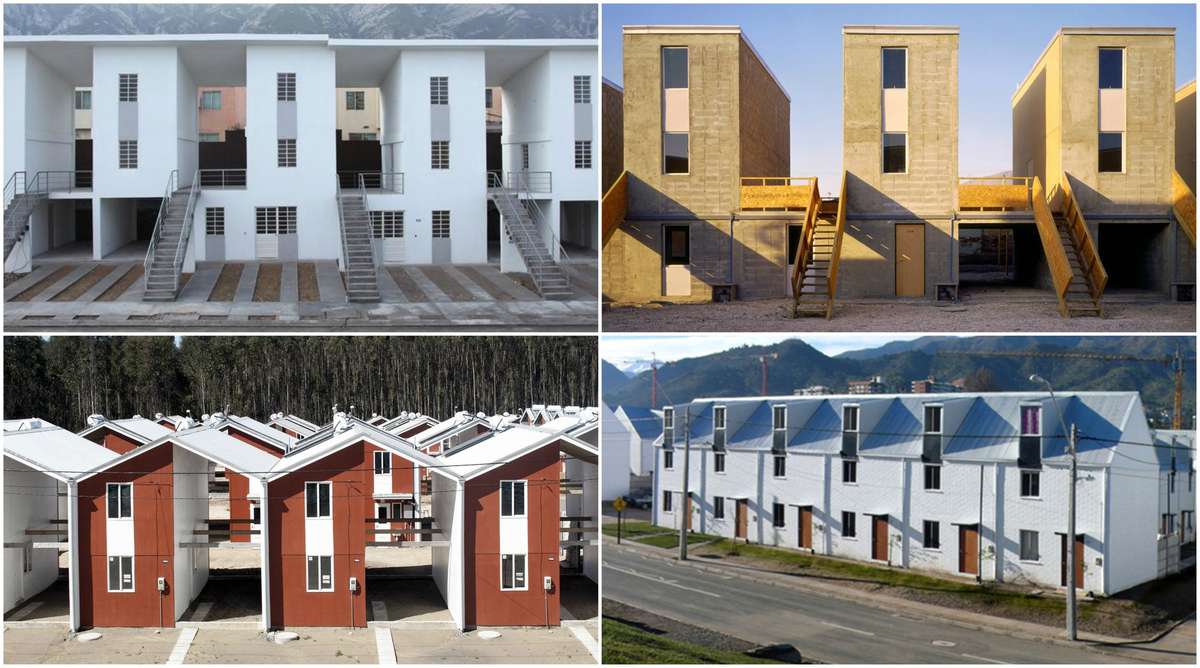
Unfinished buildings: Alejandro Aravena's projects of social housing in Chile are in a way half-built. But is such a delegation of completeness a progressive redefinition of social housing or an articulation or a form of “entrepreneurship for the working class” where “conversion of asceticism into the potential for development is a betrayal of its core principles”, as Pier-Vittorio Aureli writes of Le Corbusier's Dom-ino?
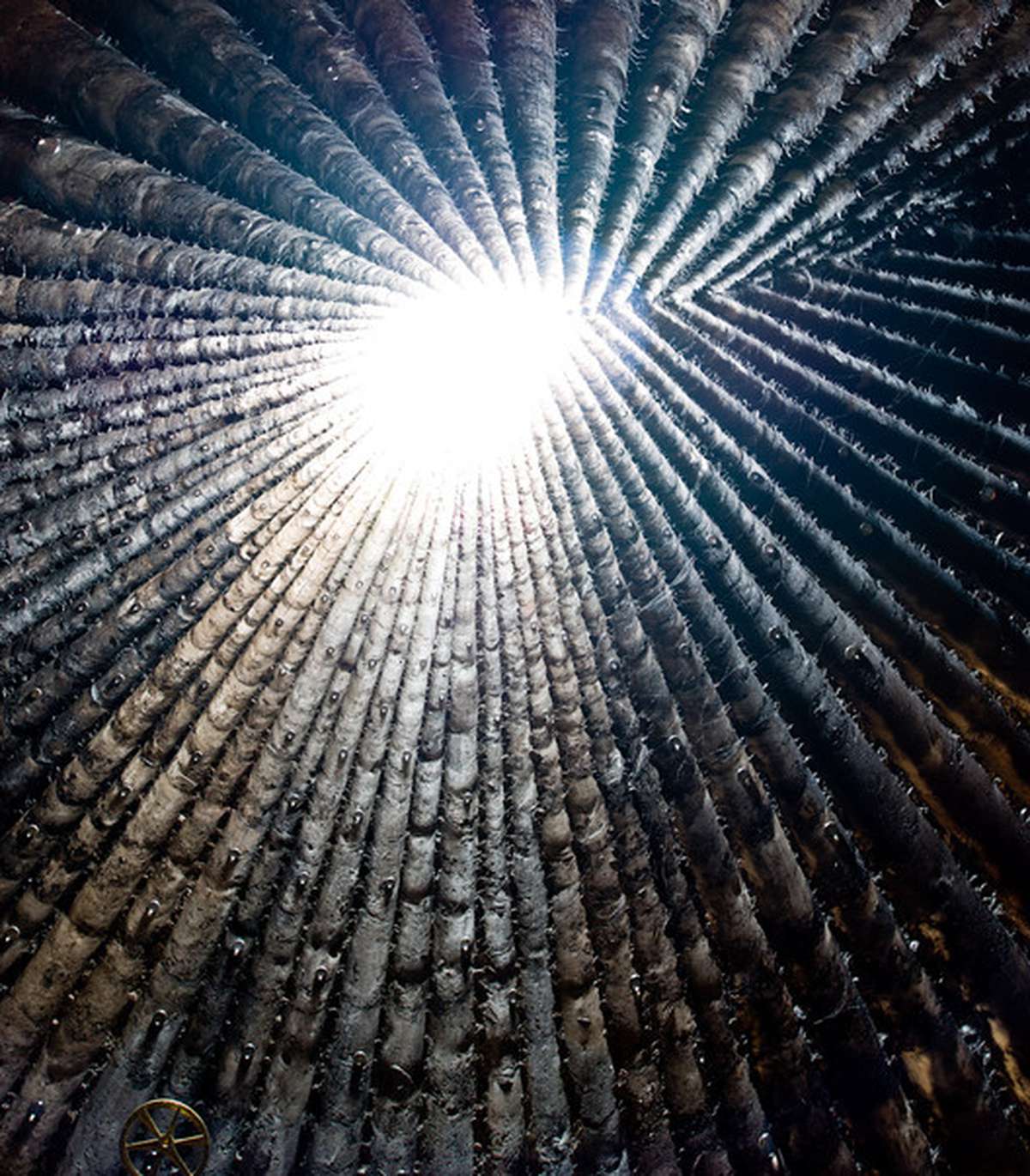
Coincidental form: delegating the form of the building to forces outside of architect's reach is perhaps best characterised by Peter Zumthor's chapel of Brother Klaus. The interior is carved out by a planned yet in its final form uncontrolled process of oxidation – burning of the wooden logs. Is this an invitation to a finishing touch by a »divine hand« or a sanctification of a coincidence?
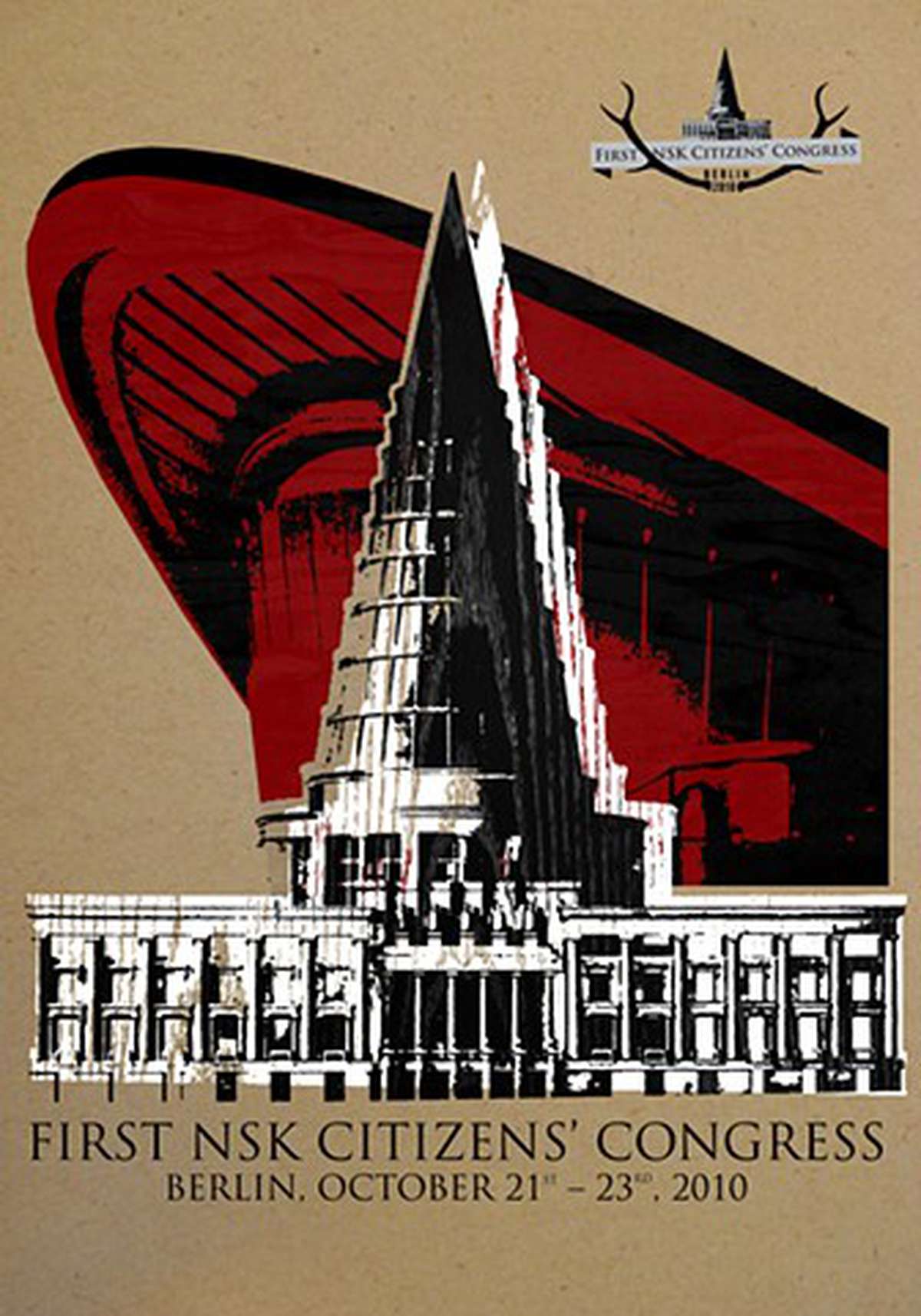
Superidentification: a responsible architect should remain critical towards the client since the architect's role always impacts a wider community. But what if the architect delegates criticality in a way that the identification with the client's wishes becomes even greater than required? Overidentification, first touched upon by the NSK collective, can become disturbing to a degree that conventional criticality never seems to achieve.
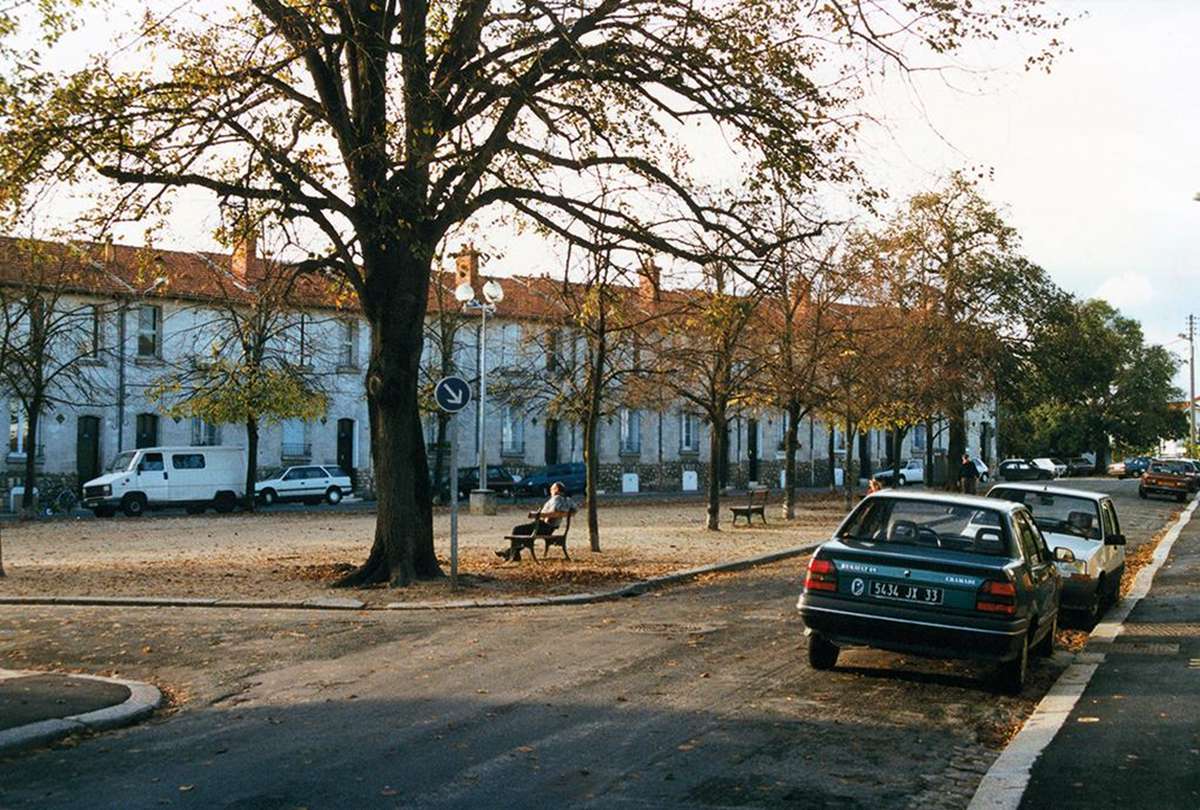
Bartlebian architects: the Lacaton & Vassal's 1996 project for the square of Leon Aucoc in Bordeaux seems to touch on the limits of architectural passiveness, articulating the statement of »I would prefer not to« literally. But in its extremes, radically passive act can turn into radically active one (and vice versa).
I would prefer not to
I would prefer not to

In the last decades the emergence of a reluctant architect can be observed. An architect that, instead of controlling the process of building from start to finish, delegates part of the process to forces outside of his or her control. This can mean delegation of professional expertise (participatory architecture), delegation of completeness (leaving the building unfinished), delegation of form (letting coincidental forces determine the final form of the building) or delegation of criticality (superidentification). The final realisation of these tendencies seems to be a Bartlebian architect – a creator that renounces action altogether, articulating »I would prefer not to« instead.
The project is an exploration of what the architects don't do instead of what they do; a research into what has gone missing from the architect's working process and why has the figure of a passive architect – an oxymoron only decades ago - become so meaningful in the world of today.
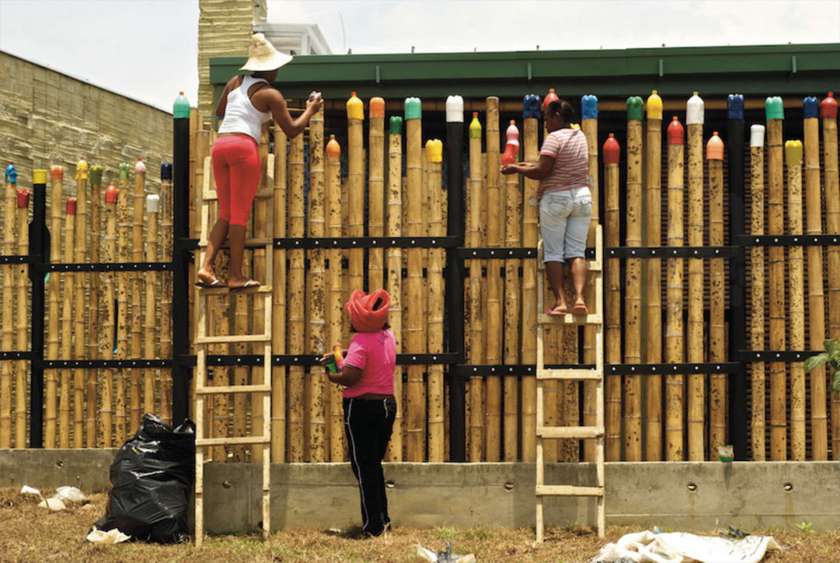
Participatory architecture: involving a community into the building process has become one of the main halmarks of a progressive and critical architecture. But are architects willing to really abandon control, or does the community only fill up pre-prepared and carefully designed space for them, serving as a »socially sustainable ornament«? As Claire Bishop writes: »the most productive part of participatory art is the one that constitutes a critique of participatory art itself.«
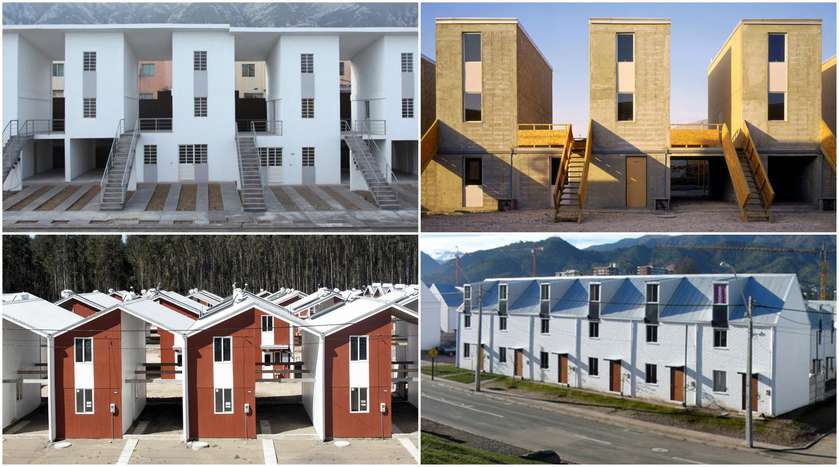
Unfinished buildings: Alejandro Aravena's projects of social housing in Chile are in a way half-built. But is such a delegation of completeness a progressive redefinition of social housing or an articulation or a form of “entrepreneurship for the working class” where “conversion of asceticism into the potential for development is a betrayal of its core principles”, as Pier-Vittorio Aureli writes of Le Corbusier's Dom-ino?
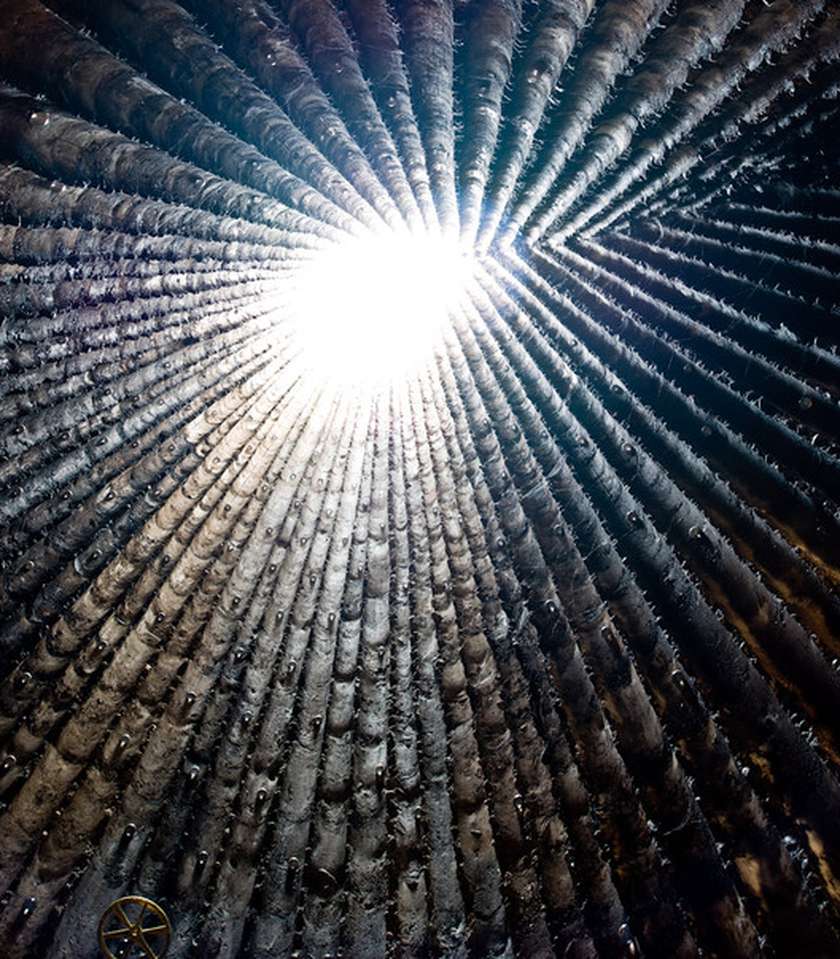
Coincidental form: delegating the form of the building to forces outside of architect's reach is perhaps best characterised by Peter Zumthor's chapel of Brother Klaus. The interior is carved out by a planned yet in its final form uncontrolled process of oxidation – burning of the wooden logs. Is this an invitation to a finishing touch by a »divine hand« or a sanctification of a coincidence?
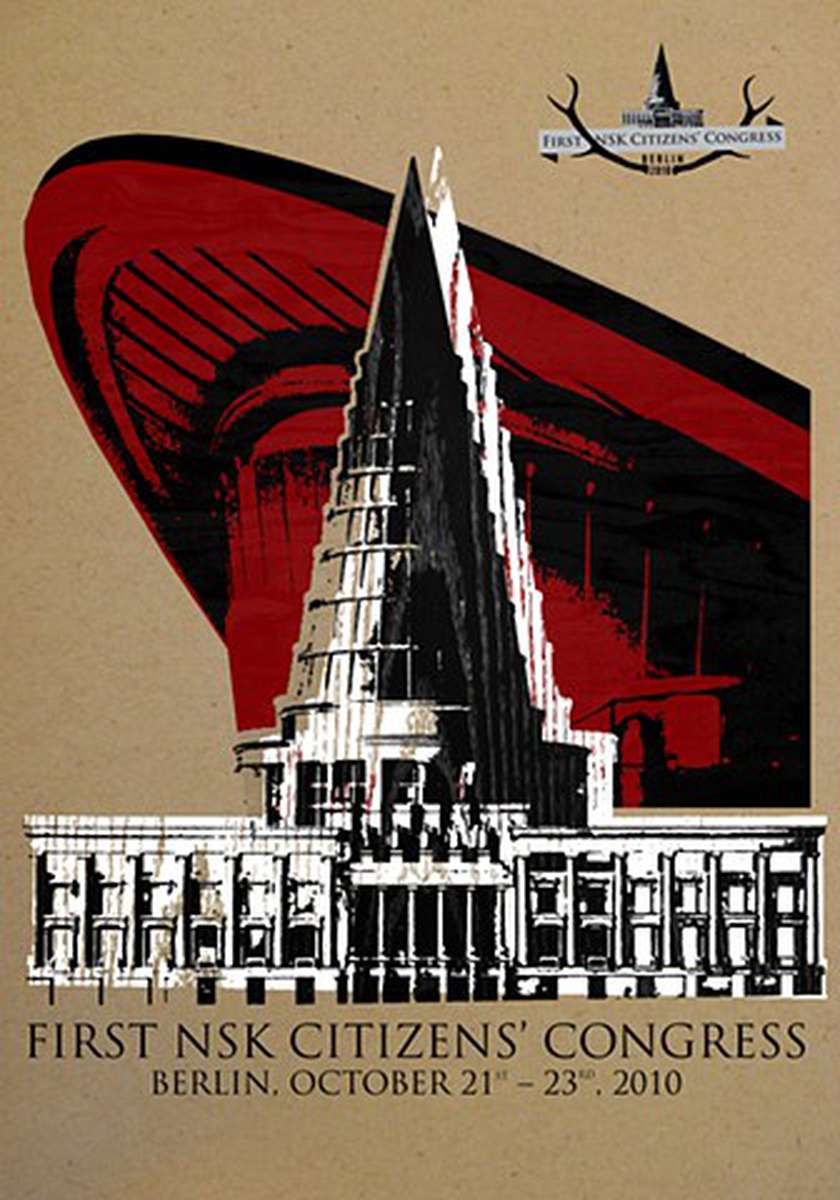
Superidentification: a responsible architect should remain critical towards the client since the architect's role always impacts a wider community. But what if the architect delegates criticality in a way that the identification with the client's wishes becomes even greater than required? Overidentification, first touched upon by the NSK collective, can become disturbing to a degree that conventional criticality never seems to achieve.
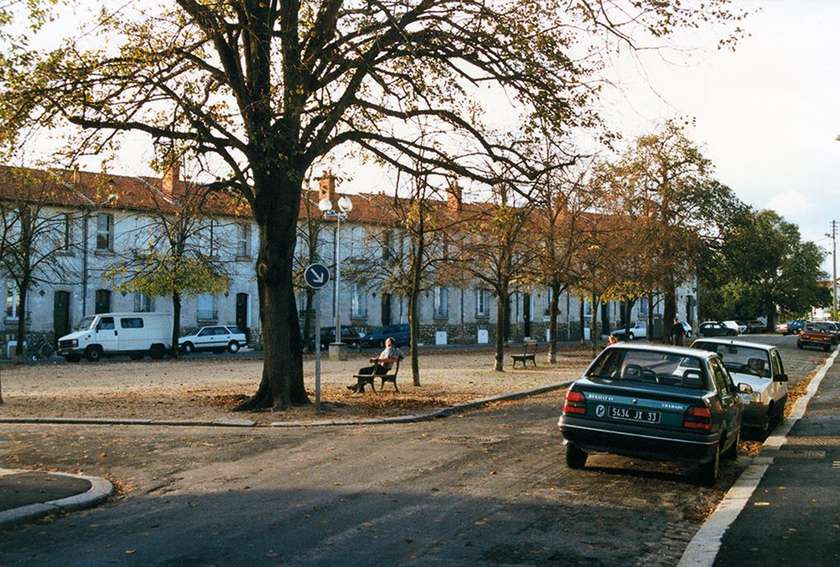
Bartlebian architects: the Lacaton & Vassal's 1996 project for the square of Leon Aucoc in Bordeaux seems to touch on the limits of architectural passiveness, articulating the statement of »I would prefer not to« literally. But in its extremes, radically passive act can turn into radically active one (and vice versa).


